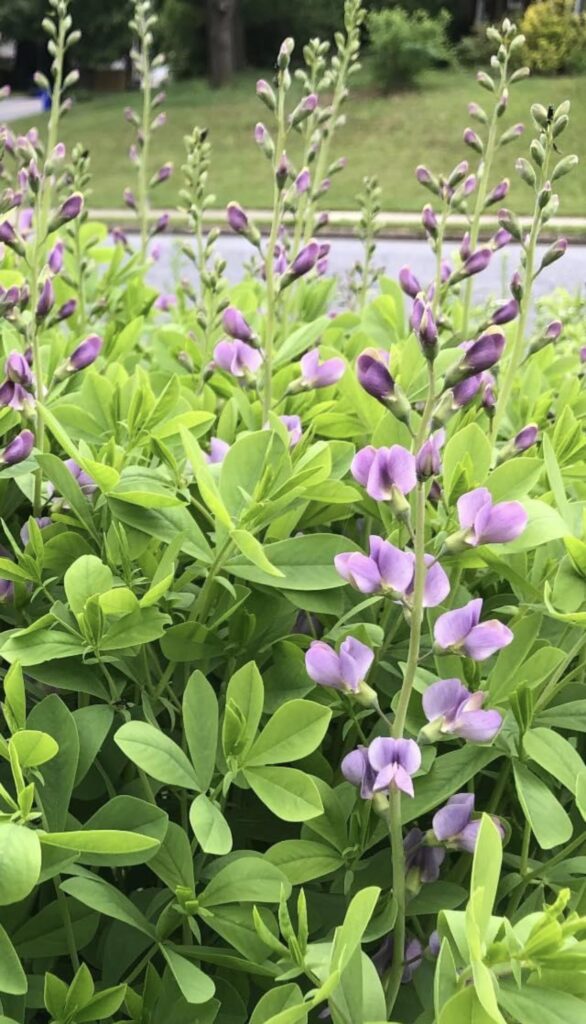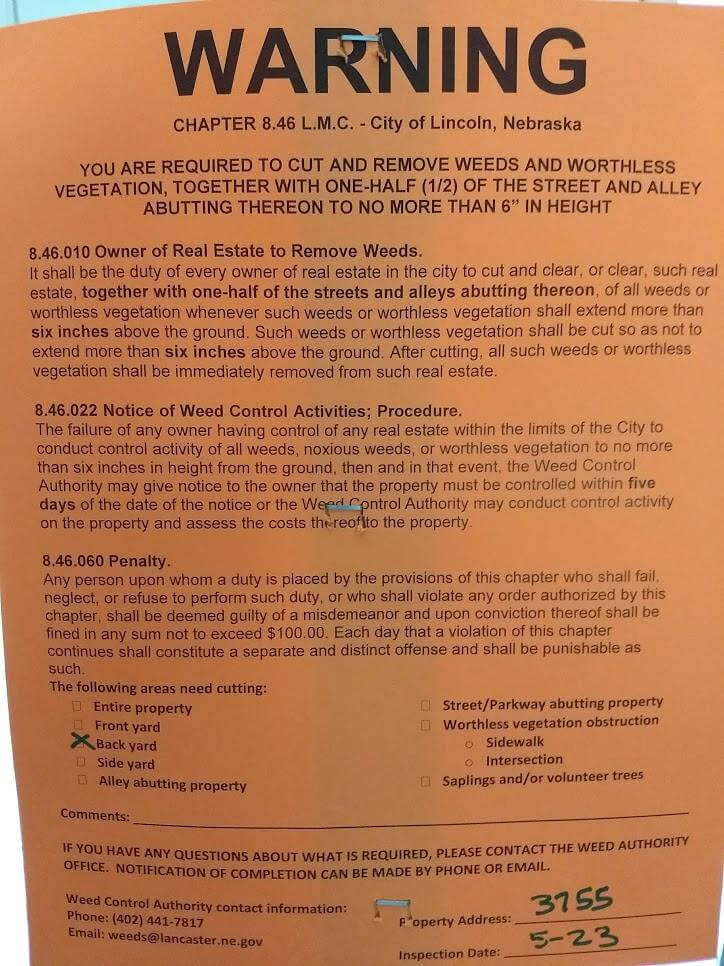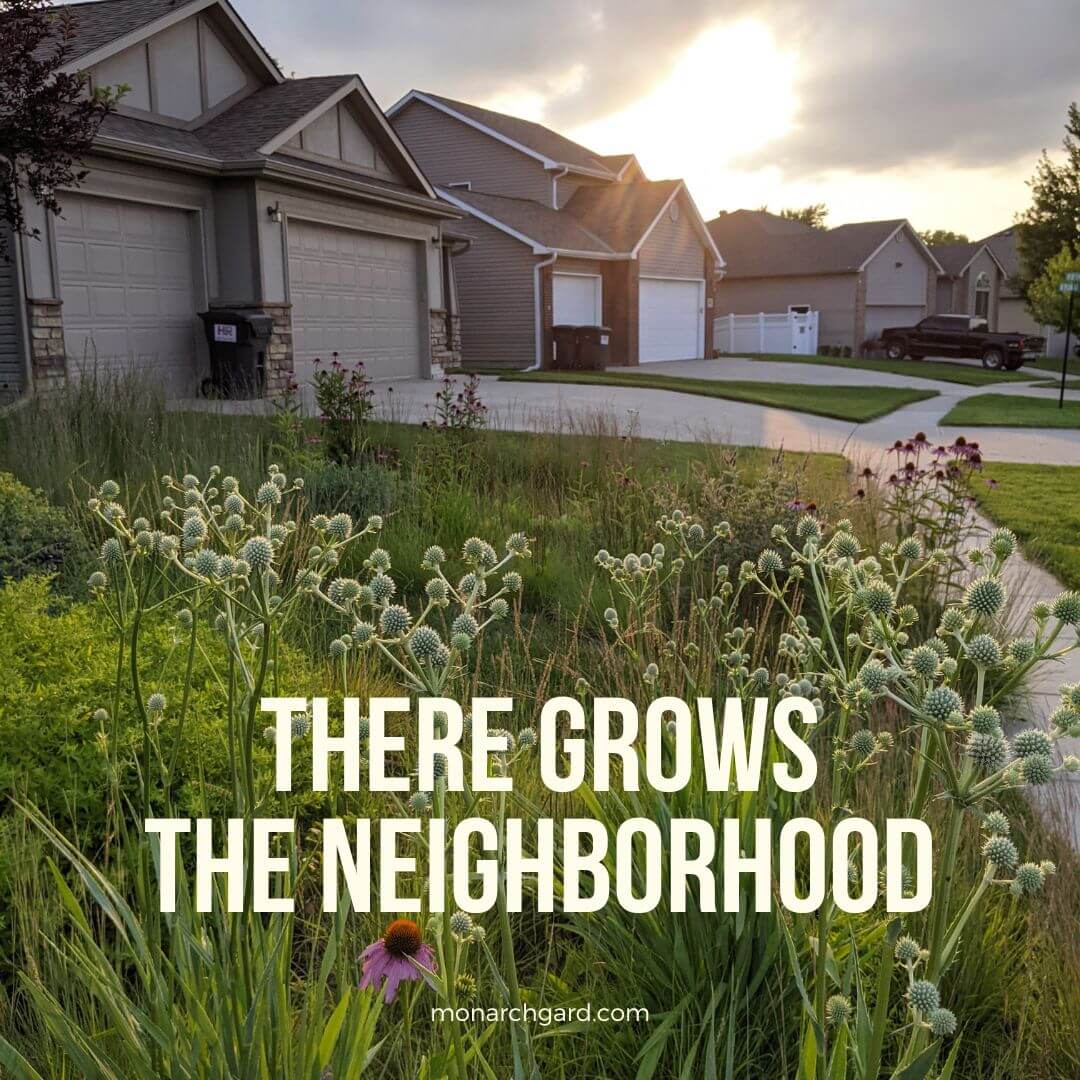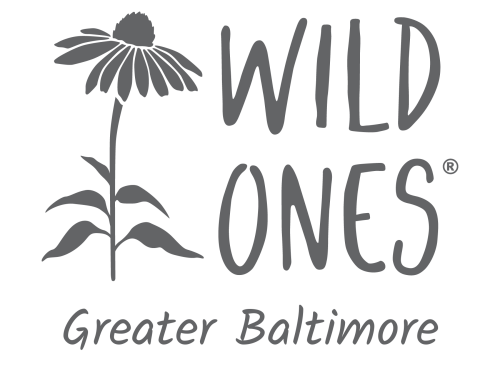Creating an Eco-Friendly Yard
When planning your front yard garden, keep in mind that you will be bucking the established trend of unadorned turfgrass that is quite often treated with harmful pesticides. Your neighbors may feel that you are doing something wrong by going against the tide by installing native plant beds. They may be afraid of bees, snakes or other wildlife that seeks cover and habitat in taller plants. The good news is that Maryland law is on your side if you are in an HOA, thanks to a 2021 law allowing “Low Impact Landscaping.”
“Low Impact” Landscaping

It defines low-impact landscaping as “landscaping techniques that conserve water, lower maintenance costs, provide pollution prevention, and create habitat for wildlife. Such techniques include bio-habitat gardens designed to attract wildlife and pollinator gardens designed to attract pollinator species.” Learn More.
Outwitting Weed Laws article from American Gardener Magazine by Nancy Lawson
What is you are not in an HOA? You are allowed to have native plants in your garden, of course! But if you are planting them in the front garden, start small, gradually expand as things fill out, and keep friendly communication open with your neighbors, and keep your focus on clean lines and shorter stature plants that have a tidier look. Know that while most people will embrace your efforts, all it takes is one crotchety person to complain in order for the “weed police” to come knocking.
Beauty and “Cues to Care”
One of the primary considerations to keep in mind is neatness, which goes a long way to letting your neighbors know that you are in control of your yard. Because gardening can involve many stages, including some messy ones where things may look in disarray, it may not be a bad idea to include signage in your yard that lets people know what is going on, and considering mowed or mulched edges or even some low decorative fencing to demonstrate where the wild part ends and the manicured part begins.
Nancy Lawson, author of the human gardener, and sister of Janet Crouch, who was behind the Low Impact Landscaping bill, has written a bit on this topic, and graciously provided some links to where you can learn more:
But what if I have already received a citation?
Your first instinct may be to panic if you receive a citation, especially when there is a short deadline to comply and financial considerations are at stake. Maryland’s weed ordinance was created in order to bring derelict properties into line, and thus far it does not have a methodology in place to consider native plant gardening. The short compliance timeline and fees can be shocking, which may be the point of getting the attention of someone who has long-neglected their property. This is not the case for native plant gardeners, and folks involved in compliance may not have as much knowledge about how to distinguish native plants from what they may deem “weeds”. FURTHER READING: WildOnes article on ordinances
Advice from Benjamin Vogt author of Prairie Up


If you would still like help, please contact us.
